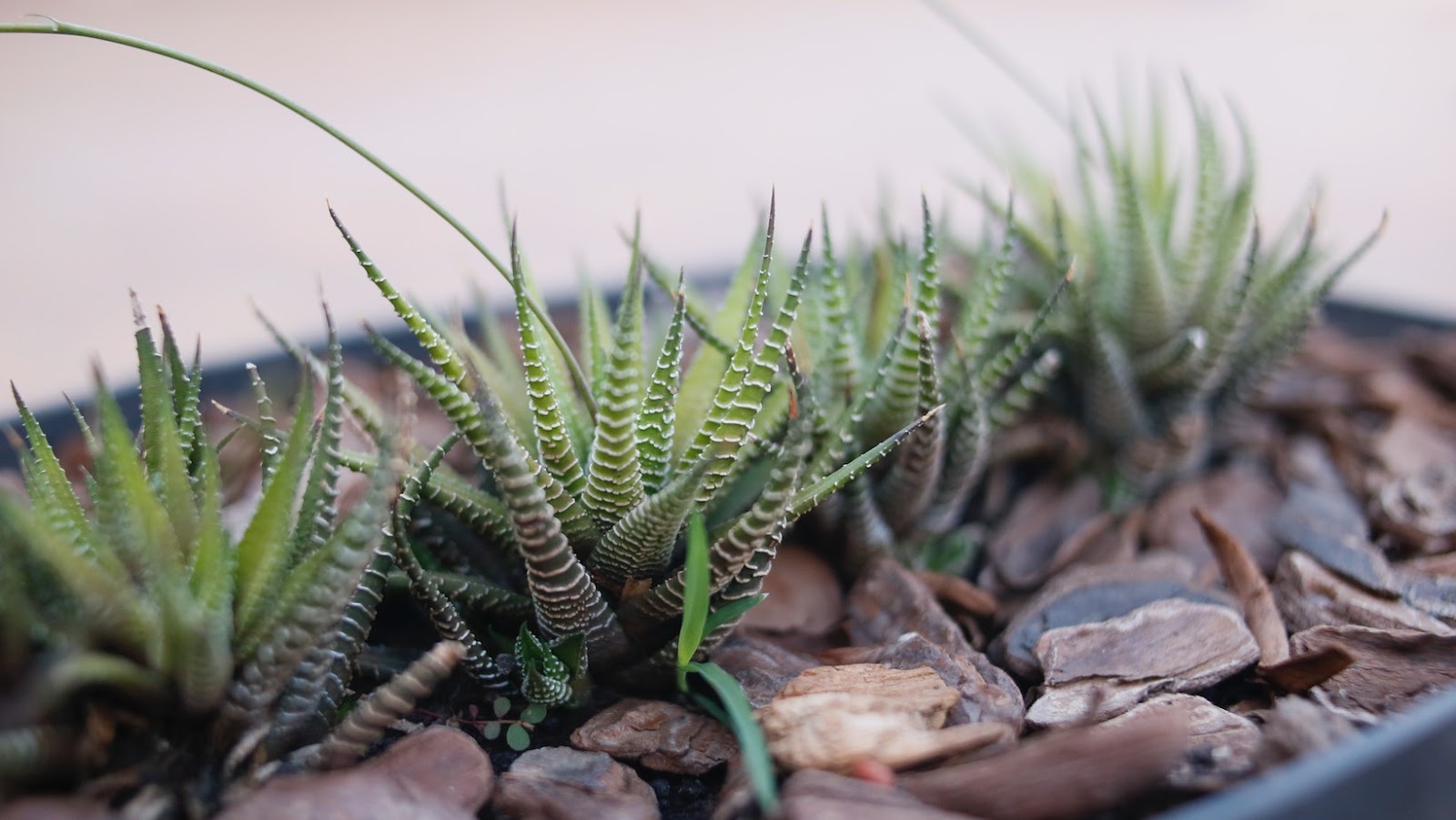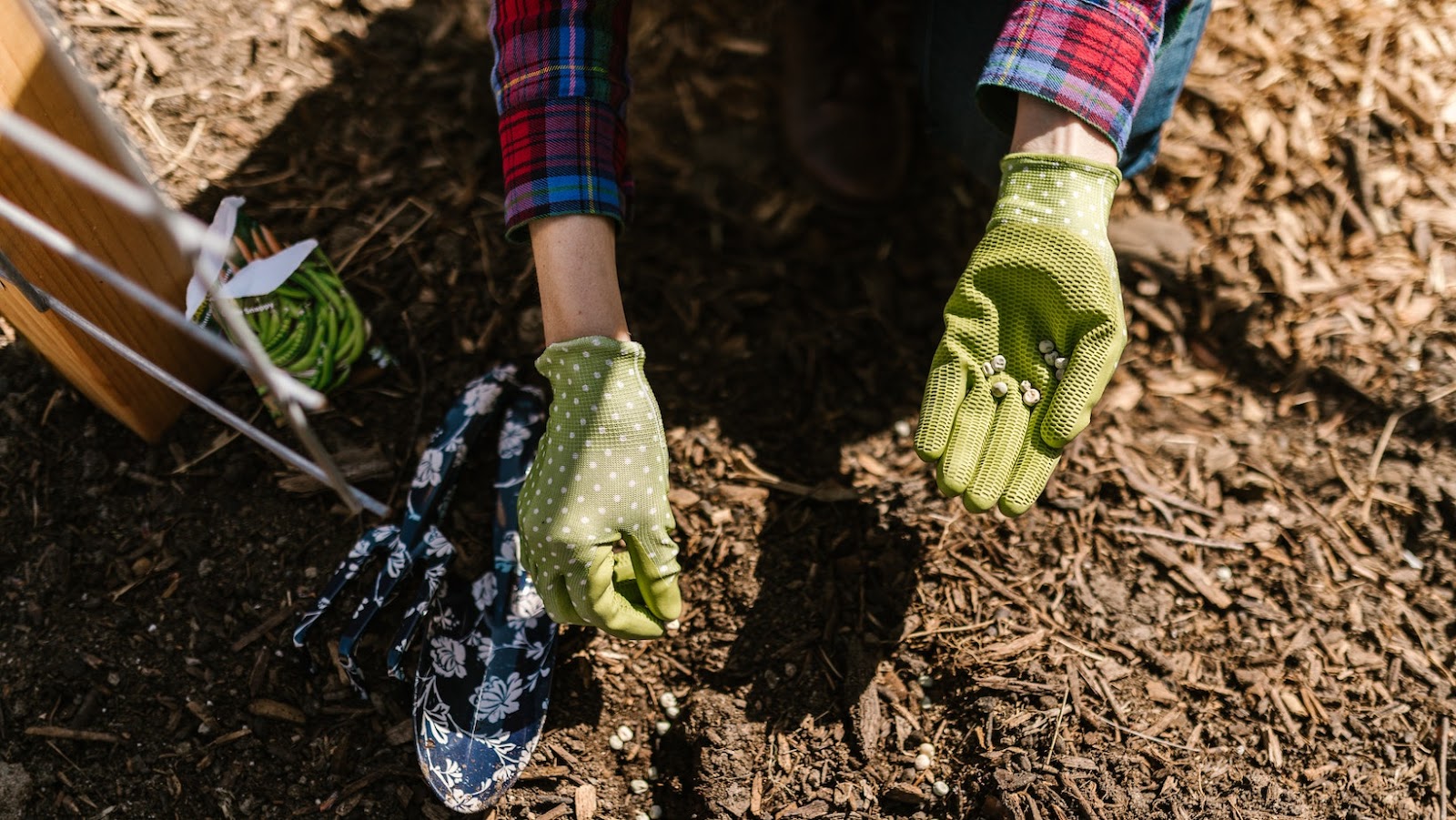To prepare your soil properly before mulching, you must clear the area, test the soil, and amend it. By following these simple yet essential tips, you will have a better foundation for your garden and ensure the healthy growth of your plants. Clearing the area, testing the soil, and amending it are all vital steps in creating an ideal environment for your plants to thrive in.
Clear the Area
To prepare your garden, first you must clear the area. This entails removing all items that may hinder your plants’ growth, such as debris, excess vegetation, etc. Here’s a guide:
- Pick up large rocks, branches, and any other debris.
- Cut any greenery you don’t want and pull out weeds.
- Use shovels or tillers to loosen and break up the soil.
- Level the ground so water can flow well.
Make sure to clear every inch of the area.
Also, check if any chemical treatments or pesticides used on this site could negatively affect the soil.
An example: a friend was having trouble getting her orchids to bloom. After examining the soil, we found dead leaves and old stems taking away moisture. We cleared these, nourished the newly exposed soil with rich compost, and her orchids bloomed again!
Before beginning, ensure your soil has no hidden secrets – unless you’re into murder mystery garden parties.
Test the Soil
Soil Examination is the analysis of soil before it’s prepared for planting. To get the best yield, you’ll need to Test the Soil first. Here’s a 5-step guide to get you started:
- Gather soil samples from different parts of your garden.
- Fully moisten the soil.
- Use a pH test kit or send it to a lab for analysis.
- Check if the soil needs any corrections.
- Follow instructions for corrections and add them to the soil.
Weather, Irrigation, Soil Type, and Drainage should be considered when testing the soil. Drainage is particularly important to keep fertility and avoid erosion.
Long ago, before modern science, farmers used their sense of touch, sight, and smell to comprehend the soil’s texture and elements. This enabled them to cultivate crops suitable for their lands. Amend the soil? Amend your expectations for a bountiful harvest with these tips!

What Should I Put Down Before Mulching
Soil amendment can boost plant growth by changing organic matter and nutrient levels. Here’s a 4-step guide:
- Check the pH level to find the best organic materials.
- Put compost, peat moss or aged manure into the garden bed. Use a tiller to mix it in.
- Add natural nutrients such as bone meal or rock phosphate for certain plants.
- Water regularly to stop nutrients evaporating or running off.
Amending soil has other benefits. It reduces erosion, pests, and runoff of chemicals and medicine from farms. In addition, it can help with climate change and food production.
A farmer once had drastic yield losses from over-tilling. They had to spend a lot to fix the soil structure. This shows how amendment before cultivation can prevent loss. And mulch makes plants feel like they’re sleeping on a comfy bed of leaves.
Choosing the Right Mulch
It’s important to pick the right mulch for your garden. Texture, color, and nutrients all impact plant growth and looks.
Besides texture and nutrient content, pay attention to moisture retention. Some mulches soak up water but don’t give it back to plants well. Managing moisture levels helps plants grow and stops problems like root rot.
Pro Tip: Before layering any mulch on your soil, ensure it’s weed-free. It’s easier to take out weeds now than later when they’ve grown too big. So stop weeds before they start with these pre-emergent herbicide tips.
Applying Pre-Emergent Herbicide
Say goodbye to pesky weeds and hello to clean garden beds with the magic of pre-emergent herbicide! Taking care of weeds before mulching is essential for a healthy garden. Here’s a step-by-step guide on using pre-emergent herbicide:
- Read the instructions and label carefully.
- Determine when to apply it based on climate and soil temp.
- Mow the lawn or trim weeds before application.
- Use a spreader or sprayer to spread herbicide evenly.
- Water the lawn or garden to activate it.
- Don’t disturb the soil for at least 4 weeks.
Pre-emergent herbicide prevents seed germination, so it must be applied before planting or mulching. Then, reapply it every few months for continuous weed prevention. For optimal weed prevention, remove debris like leaves and roots before mulching. Also, regular weeding and maintaining moisture in the soil will help keep your garden healthy.
Installing Landscape Fabric
Mulching your garden? Installing Landscape Fabric can help. It controls weeds and prevents soil erosion. Here’s how:
- Clean the area.
- Measure and cut landscape fabric to fit.
- Lay it over and anchor it.
Remember: Cut holes for plants in planting areas. You’ll reduce weed growth and water transmission, leading to healthier plants. But, watering them is like giving them a drink – less alcohol, more responsibility!
Irrigating the Area
You need to rinse the area properly to ensure that your mulch settles in nicely and provides the best plant protection. To make this happen efficiently, you should follow some key guidelines when watering your soil. These include watering the area before mulching, mulching in layers, watering between the layers, and monitoring moisture levels in the soil.
Water the Area Before Mulching
For optimal mulching, it’s important to irrigate the area first. Here’s how:
- Pick a time when the soil is not frozen and when the temperature is cool to reduce evaporation.
- Use a rain gauge or measuring tape to calculate the amount of water you need for each plant.
- Position hoses and drip irrigation, covering the area without too much overlap.
- Start with a slow flow rate and gradually increase as needed.
- Check the moisture level and adjust the watering appropriately.
- Let the soil absorb the hydration before you start mulching.
Overwatering can cause root rot and fungal growth, so it’s important to know each plant’s individual needs. Before you mulch, make sure to properly water the area. Every plant requires different amounts of water, so understanding the requirements is essential for their health.
I learnt this lesson the hard way when I was first starting out as a landscaper. I didn’t bother to water the area first, so the mulch ended up being made of dry wood chips that repelled water instead of retaining it. To avoid a similar situation, remember to water your plants before mulching them. It’s like giving them a comfy blanket and a refreshing drink all at once!

Mulch in Layers, Watering in Between
Mulching in layers and watering in between is an effective way to promote soil moisture retention and prevent weeds from growing.
- Clear out existing plant waste and weeds.
- Spread a 2-4-inch layer of organic matter.
- Water the layer completely. Layer more mulch, then water again.
Choose organic materials – like bark chips, leaves, twigs or straw – that fit your budget and garden needs.
A gardening enthusiast used this technique on a dry strip with less irrigation water. After mulching in layers and watering in between, they saw a decrease in water runoff and evaporation around plants reduced by 80%. This improved lawn cover and growth!
Keep an eye on your soil’s moisture to ensure it doesn’t become a wilted disaster.
Monitor Moisture Levels
For optimal watering, track the moisture levels. Do this by implementing a soil moisture monitoring system in areas where plants are expected to receive water. The readings taken from the sensors will help decide when and how much to irrigate. Monitoring soil moisture levels saves water and helps plants grow healthily. Data collected can be used to adjust irrigation schedules, too, depending on the weather.
It’s important to calibrate the monitoring system for accurate readings. If not, watering decisions won’t be good and plants may suffer. To check that the system works well, do regular check-ups.
To maximize irrigation efficiency, surround plants with mulch. The mulch acts as a barrier between the soil and air and keeps moisture in, while suppressing water evaporation. Also, replace sprinklers with drip irrigation systems. These deliver water directly to plant roots, with less water loss due to runoff or evaporation, making use of 20-70% less water. With these steps, you can get ideal results and reduce resource wastage.
